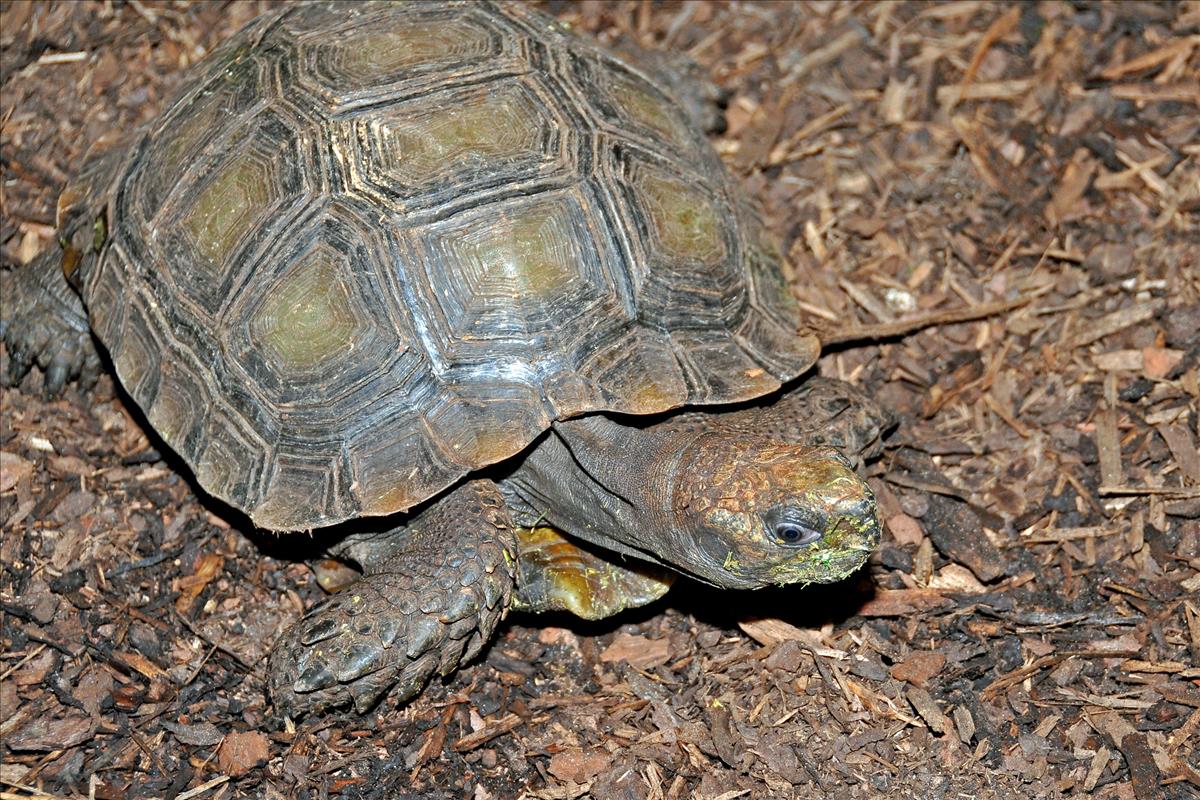Alerts
Please be advised that our bird aviaries are open!
Your Toronto Zoo is committed to the health and safety of the animals in our care. We take proactive steps to protect our birds from Avian Influenza which has been confirmed in a wild bird in southern Ontario, and some birds may still be off display.
Please note Splash Island is still closed and will not open until July due to unforeseen delays in construction. Please watch for updates on https://www.torontozoo.com/tz/splash or on our social media pages. Thank you!
Please note the following animals are currently not on display due to various reasons including Avian Bird Flu, and Covid-19 sensitivity:
- Flamingo, peacock, owl, bald eagle, and aviaries
- Some Kids Zoo Animals
- Cougar
- Moose
- Kangaroo walk through (kangaroos are still visible)
- Axolotl
We apologize for the inconvenience!


Reptile
Location at the Zoo:
Indo-Malaya
Region: Southeast Asia
Asian brown tortoise
Thought to be the most primitive of all tortoises, based on molecular and morphological studies, this is the largest Asian tortoise species. Manouria emys contains two subspecies, Manouria emys emys and Manouria emys phayrei: which is slightly larger. M.e. phayrei can reach up to 25 kg in the wild and larger in captivity. M. e. emys has separated pectoral scutes while M. e. phayrei has joined pectoral scutes. The carapace (top shell) is broad, flattened, and can reach over 60 cm in length. These tortoises have a cluster of noticeably large tubercular scales on the thigh on either side of the tail, which is so large this species is sometimes referred to as the six-footed tortoise. The carapace is light to dark brown and the plastron (lower shell) is generally pale brown with some dark spots. In juveniles, the carapace is yellowish brown with dark brown markings. Tortoises are dark brown or black with some yellow under the chin.Conservation Status: IUCN
